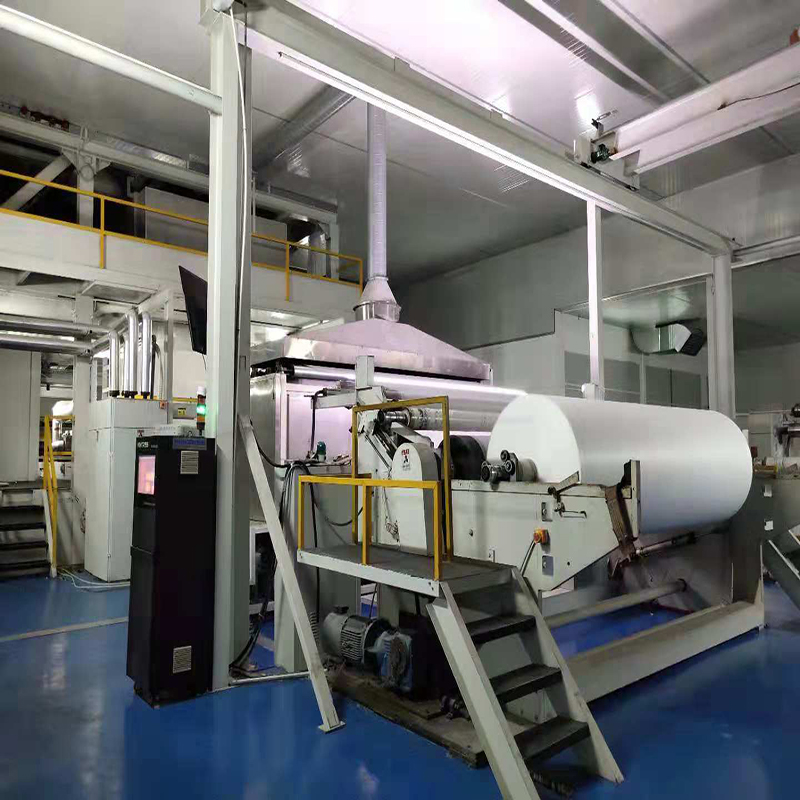Some key factors that determine the quality of nonwoven fabrics include:
Fiber properties
The quality, type, diameter, and length of the fibers used have a significant impact on nonwoven fabric quality. Longer, stronger fibers typically produce higher quality fabrics. Fibers must also be suitable for bonding and web formation.
Fiber orientation
The degree of fiber alignment and randomness in the fabric affects properties like strength, porosity, and density. Processes that better control fiber orientation, like spunbonding, often make higher quality fabrics.
Fiber bonding
Stronger bonding between fibers results in higher quality. Thermal bonding and hydroentangling generally produce the highest quality bonding. Weaker bonding methods like needling typically make lower quality nonwovens.
Basis weight
Higher basis weight fabrics tend to be of higher quality, with better properties like durability, strength, and opacity. However, the ideal basis weight depends on the intended end use.

Uniformity
Nonwoven fabrics with uniform fiber distribution, uniform bonding, uniform density, and uniform thickness are usually higher quality. Variability leads to weaknesses and defects.
Strength
Higher tensile strength, tear strength, and burst strength are indicators of better nonwoven quality. Stronger fabrics last longer and can handle more demanding applications.
Defects
Fewer flaws like holes, thin spots, lumps, neps, and unbonded fibers result in higher nonwoven quality. Defect-free fabrics have superior performance and aesthetics.
Additives
Additional materials can be added to improve fabric quality, such as binders for extra bonding strength, or fibers for greater density and absorbency. Higher quality additives and the optimal use of additives also improve nonwoven quality.
Production control
Advanced non woven fabric machine, strict process control, and expert production techniques enable the fabrication of higher quality nonwovens with consistent properties that are tailored for specific end uses. Tight quality control is key.